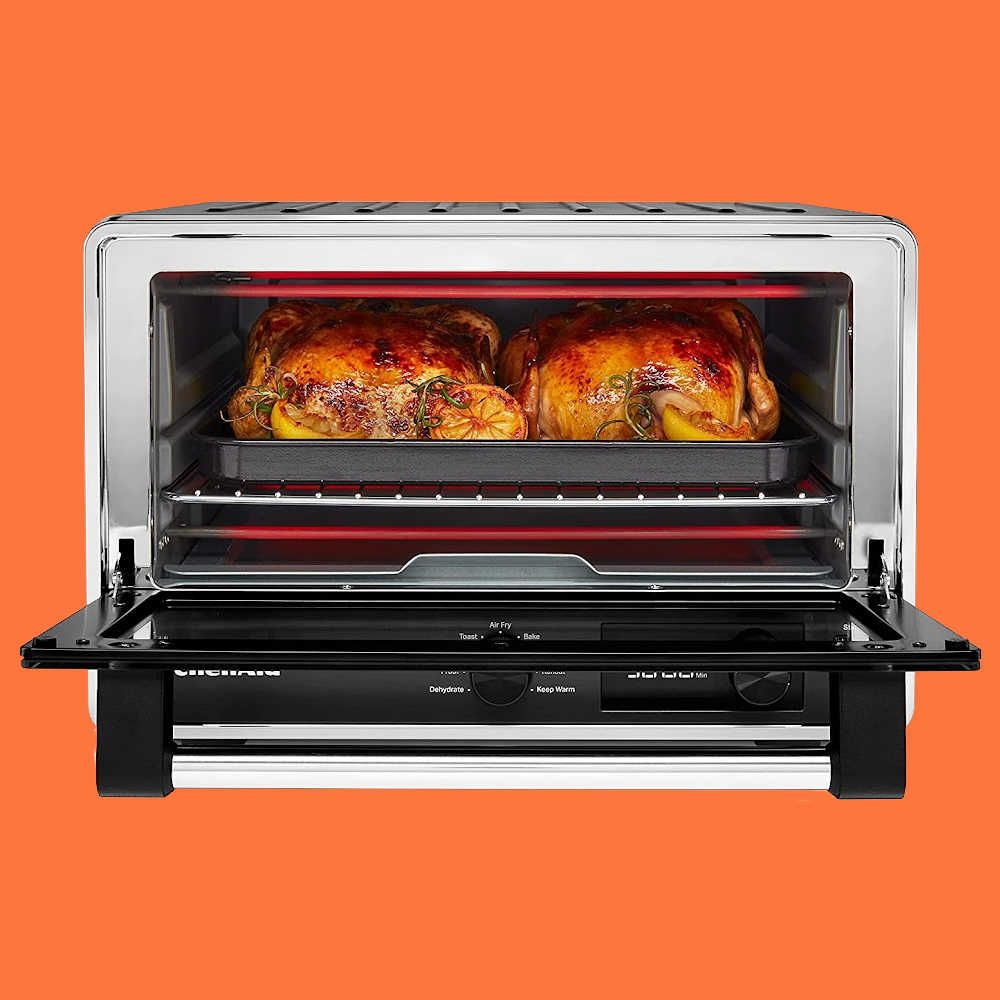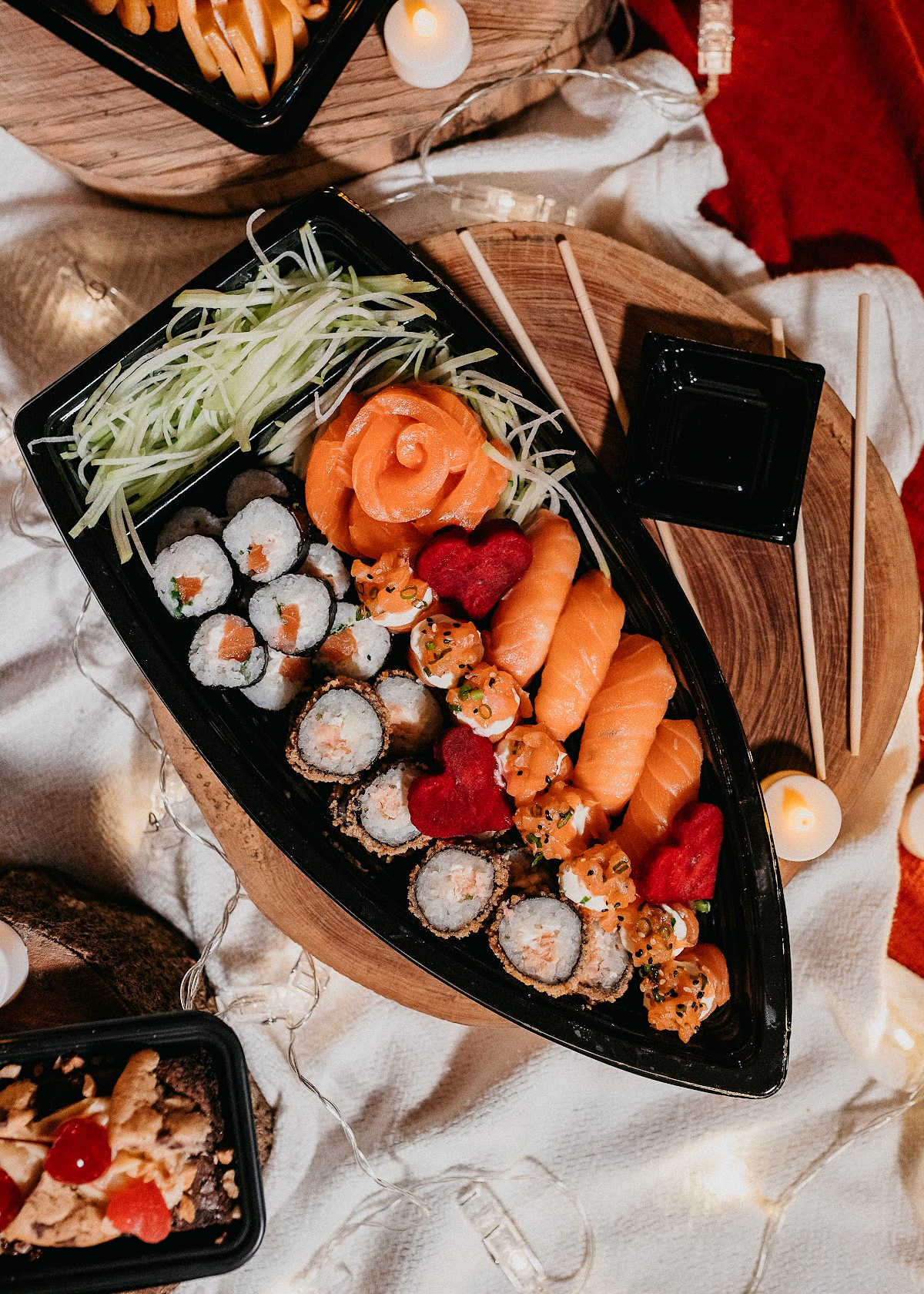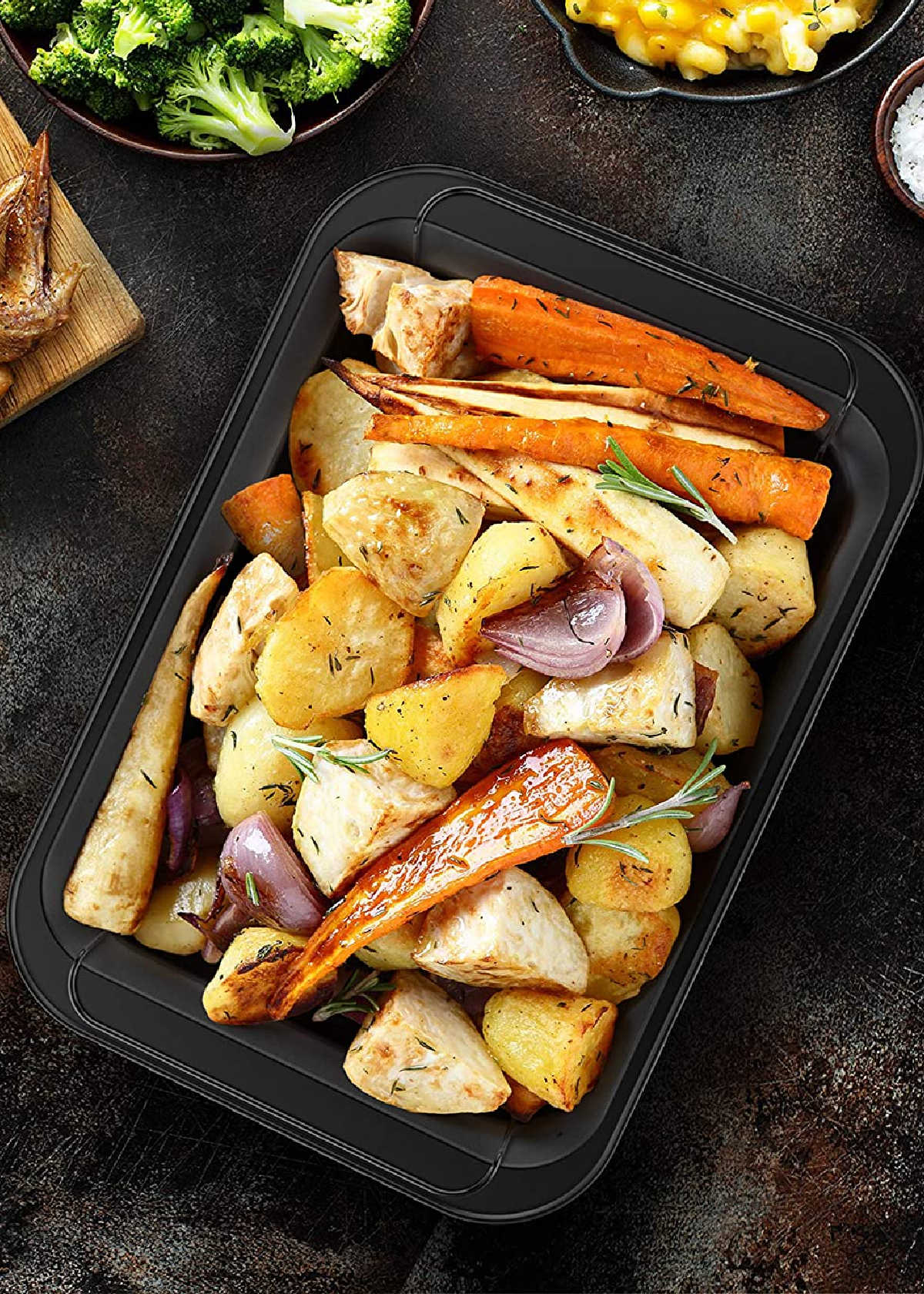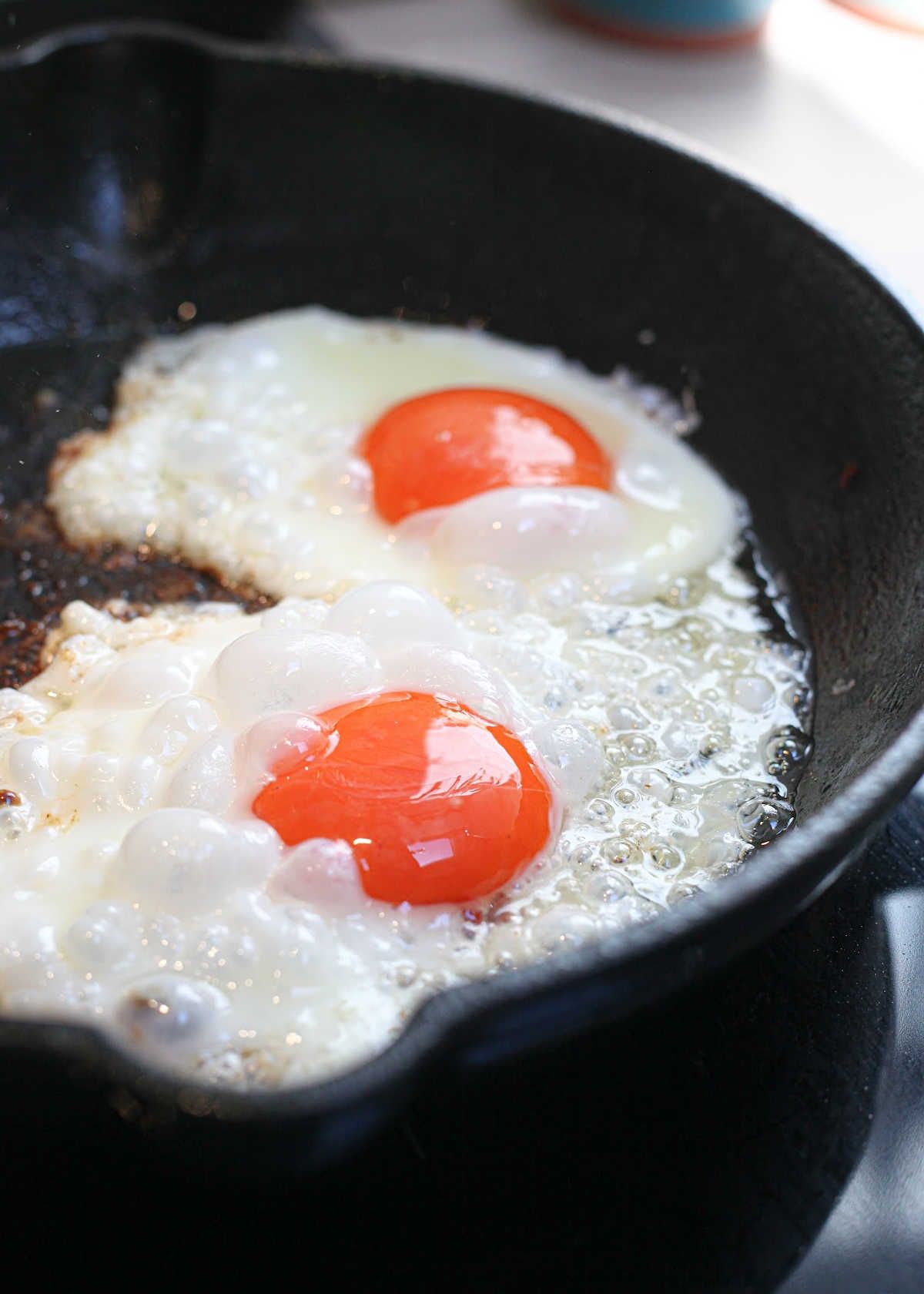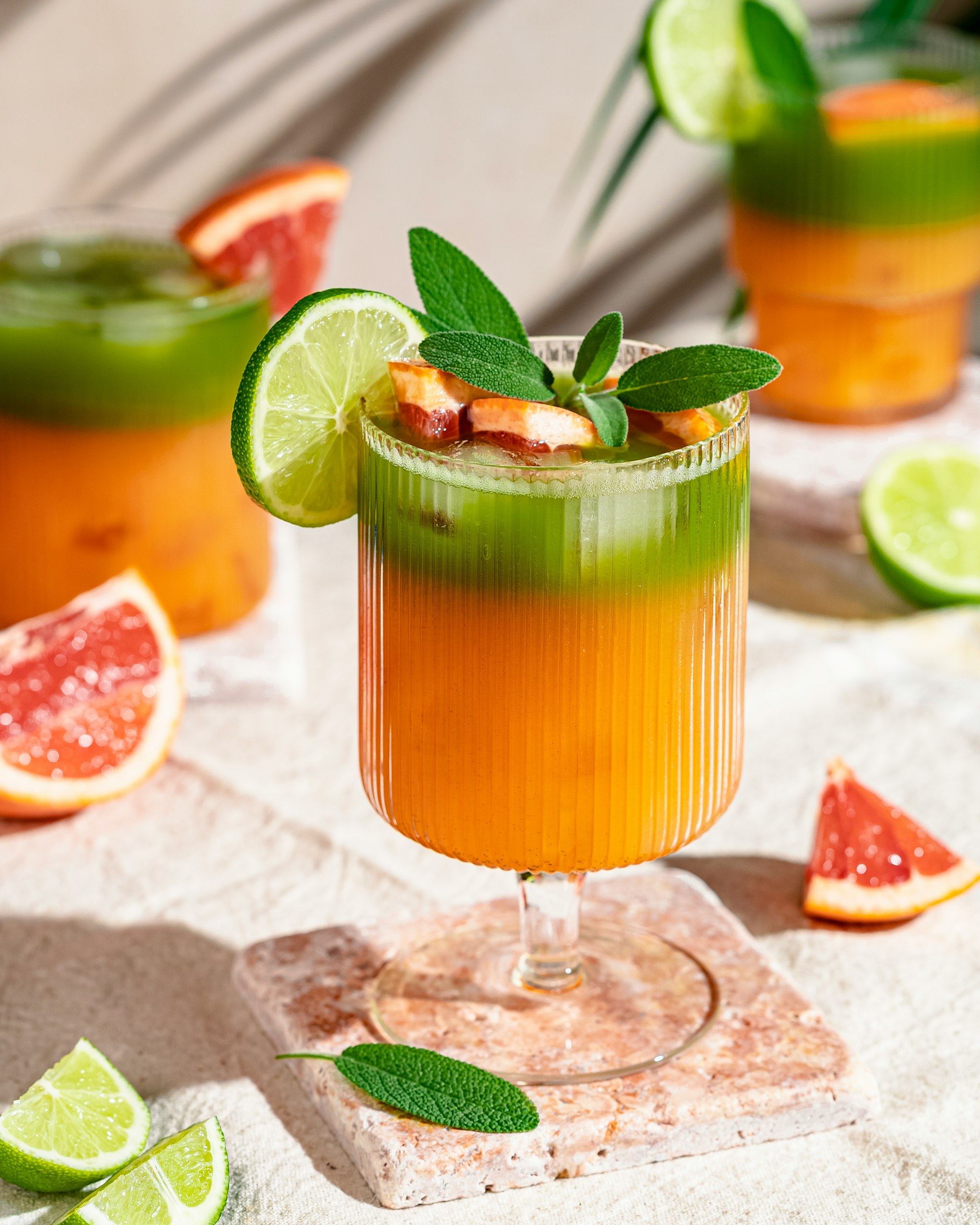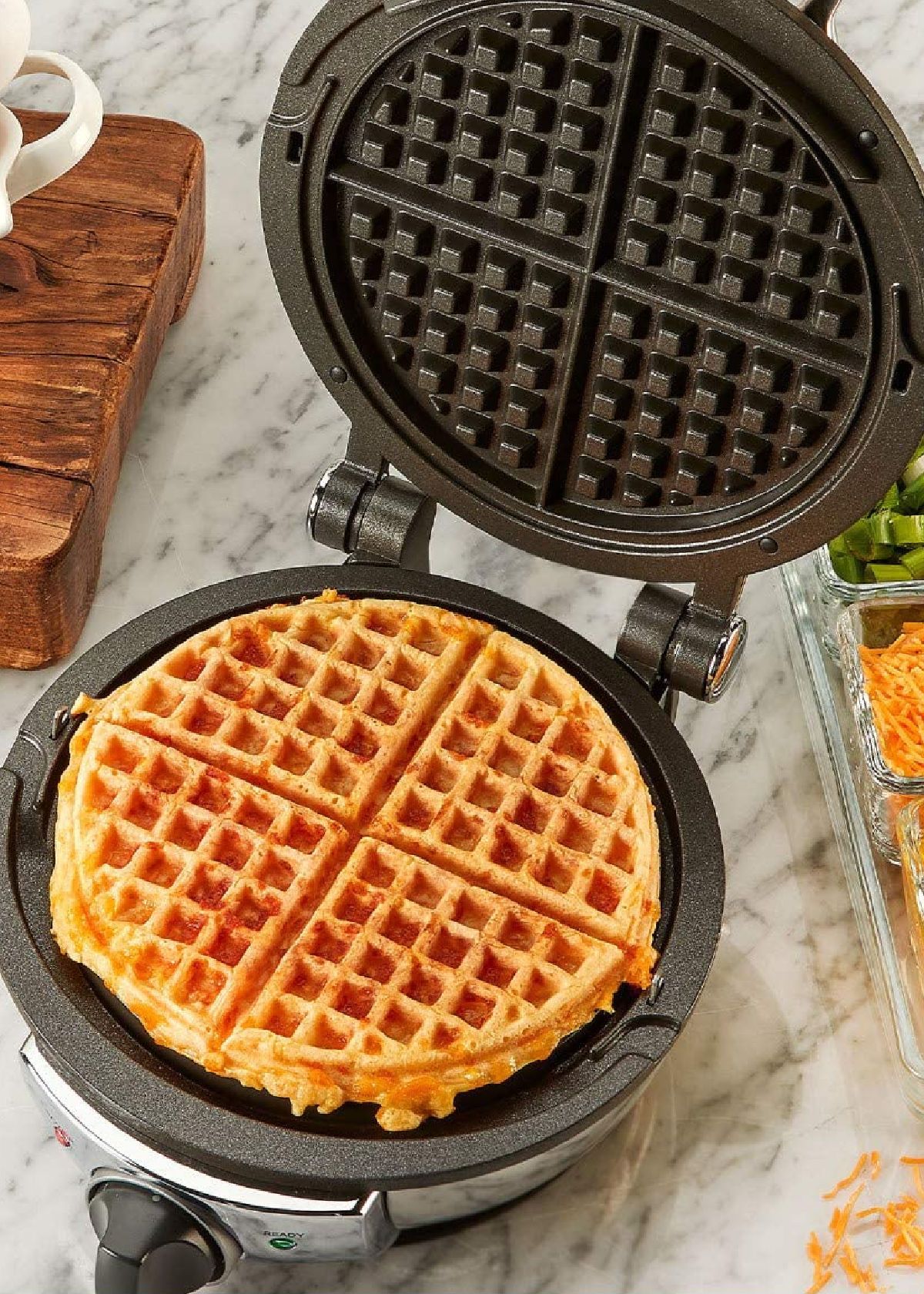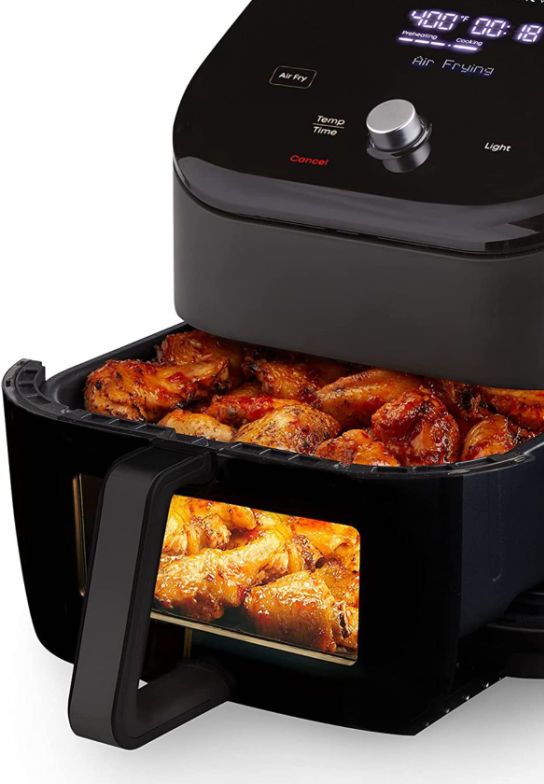Content Summary
Wondering how blenders work? In this guide, we will take you through the process of how a blender works. We will delve into the type of motor used in a blender, how it operates, and what makes a blender a powerful appliance.
By the end, you will have a clear understanding of how a blender works and how to choose the right model for your kitchen.


Making Green Smoothies In A Blender
How Does A Blender Work
A blender is a food processor that is used for various purposes, like making smoothies, pureeing vegetables for soups, making sauces, and crushing ice. It consists of a pitcher (or blender jar) with a lid, and a rotating metal blade at its bottom, placed on a base containing a motor, with speed settings.
When you turn on the power in the base of a blender, the motor rotates the blades at high speed. The blades break down the ingredients inside the container into a smooth consistency.
The blades do this by creating a vortex within the container that pulls the (often solid) ingredients toward the blades. The swirling motion of the vortex prevents the blended ingredients from getting stuck and ensures everything is blended uniformly.



Making Green Smoothies
The Parts Of A Blender
A countertop or stationary blender consists of several parts that work together to blend different ingredients. The main components of a blender are the base, pitcher, blades, lid, and control panel.
- The base is where the electric motor is located, and the pitcher is where the ingredients are placed.
- The blades are located at the bottom of the pitcher and rotate at a high speed.
- The control panel allows you to set the speed and control the blending process.
- The lid covers the pitcher and prevents any spills.


Blending Green Smoothies
Powering The Blender With A Motor
The motor in the base of a blender is what provides the power to rotate the blades.
- The type of motor used in a blender is called a universal motor (UM), which is a type of electric motor that operates on both AC (alternating current) and DC (direct current) power.
- This allows the motor to rotate the blades at a high speed, creating the smooth texture of now liquid ingredients.
- The motor is connected to the blades through a shaft, which rotates the blades in the pitcher.
Type Of Motor Used In A Blender
- The motor in a blender is an electric one. It is the primary source of power for the blades to rotate. Most blenders use either a DC (direct current) or AC (alternating current) motor.
- Direct current (DC) motor is commonly used in a portable (handheld) immersion blender due to its compact size and lower power output.
- Alternating current (AC) motors are used in heavy-duty or commercial blenders that require more power to function effectively.
- The universal motor (UM) is a combination of both DC and AC motors, and it is usually used in high-end blenders since it has a higher power output.


Making Green Smoothies In A Blender
How The Motor Works
The motor is the heart of a blender, and it works by converting electrical energy into mechanical energy.
- The motor powers the blender blades, rotating the blades in the pitcher, creating a vortex that pulls the ingredients toward the blades.
- The drive assembly consists of a clutch, couplings, or belts that transfer the power from the motor to the blades.
- The rotation speed of the blades depends on the settings chosen on the blender's control panel.
- The higher the speed, the faster the blades will rotate, producing a smoother consistency of the ingredients.
- The blender motor is designed to handle the high speeds and pressure needed to blend different ingredients, making it strong and durable.
If you're interested, check the study and testing results from The Institution of Engineering and Technology about the variable speed of motor for a blender machine.


Making Green Smoothies In A Blender
What Makes A Blender Strong
The strength of a blender comes down to several factors like the type of motor, the blade design, and the pitcher's material.
Powerful Motor
- A blender with a powerful motor that can operate at high speeds is essential to creating a smooth texture.
- The higher the wattage, the more powerful the motor, and the easier it is for the blender to handle tough ingredients like nuts and ice.
Sharper Blade
- The blade design is also key to the blender's performance, with sharper blades producing smoother results.
- Blades made of high-quality steel can cut through tough ingredients without bending or breaking, while those made from low-grade materials may become dull or ineffective after prolonged use.
Pitcher's Material
- The pitcher's material should be durable and able to handle the pressure of high-speed blending.
- A glass pitcher is preferred over a plastic blending jar as they are more durable and do not absorb the odor of food, leading to a cleaner blending experience.
& Mango Banana Smoothie & Strawberry Smoothie & Mango Smoothie & Pomegranate Smoothie & Smoothie Bowl
How Do Blenders Work FAQs
How does a blender get its energy?
A countertop blender gets its energy from an electric motor located in the base. The type of motor used in a blender is usually a universal motor (UM) which can operate on both AC (alternating current) and DC (direct current) power.
Do blenders need electricity?
Blenders, like all food processors, need electricity to power the motor for the blades to rotate.
Can a blender run on battery?
Blenders cannot run on batteries as they require a powerful electric motor to generate enough power for the blades to rotate.
How many watts is enough for a blender?
The wattage of a blender is an indication of how powerful the motor is. A high-quality blender should have at least 600 watts of power. Higher-wattage blenders can handle tougher ingredients like nuts and ice with ease.
Is 1000w good for blender?
1000 watts of power is good for a household, stationary blender. Higher-wattage blenders are typically used in commercial settings and can handle tough ingredients with ease.
What is an immersion blender?
Immersion blenders (also: hand blender or stick blender) are handheld kitchen appliances with sharp blades at the end to puree food in a mixing bowl or a high pan.
The Science of Blenders: How Your Food Gets Cut to Size | ChefSteps
Overall, a blender's motor, blade design, and pitcher material all play a role in its strength and durability, making it a valuable investment in your kitchen.
Need a quality blender? Check out our picks on the best blenders for frozen drinks to find yours!
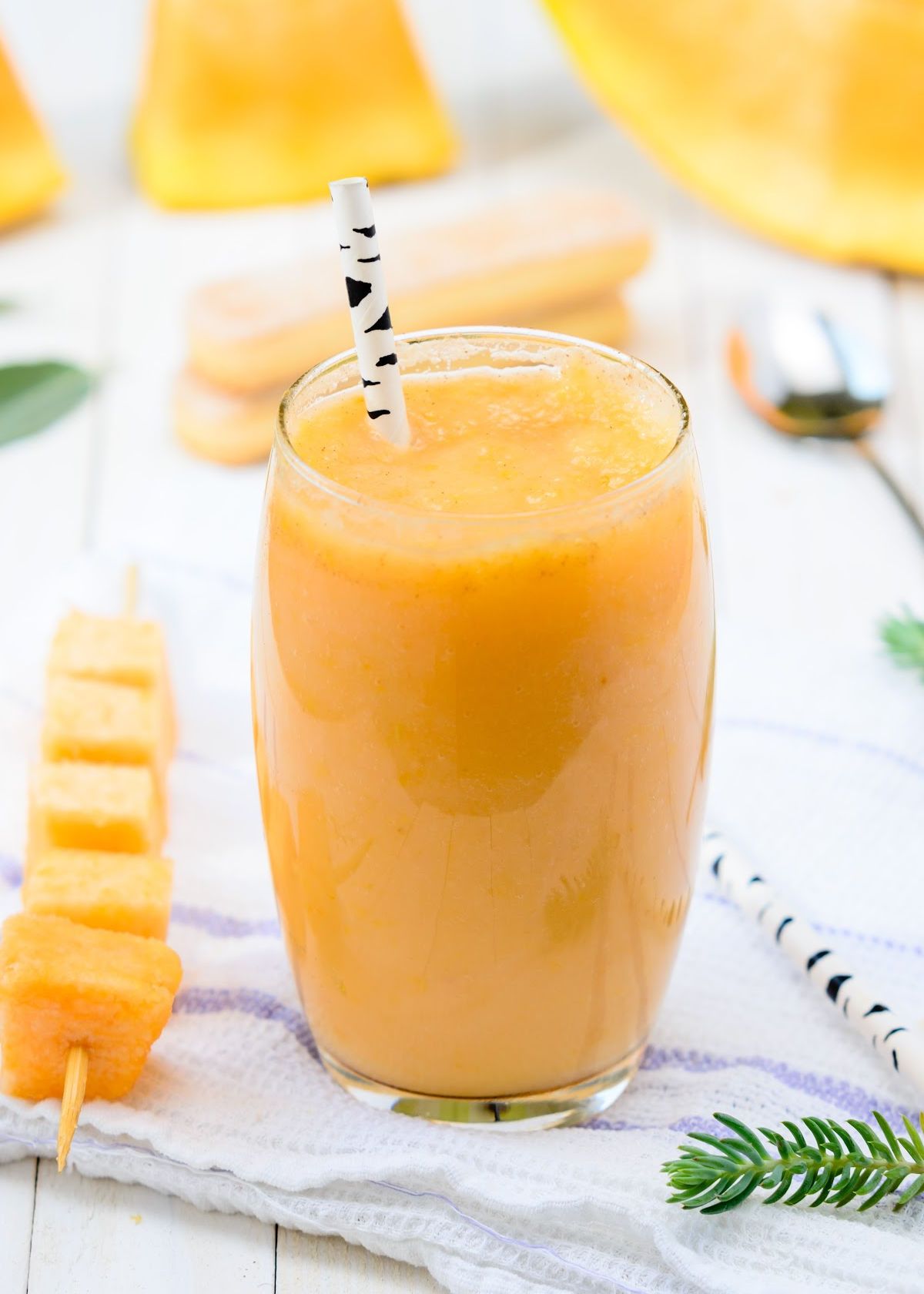
Next time you're pureeing soup or your favorite smoothie, you can appreciate the science behind the perfect blend.
Happy blending!
Catchy Finds




